Worm-eating Warbler
At a Glance
A dry trilled song in the undergrowth of deciduous woods in summer announces that the Worm-eating Warbler is at home. Less colorful than most of its relatives, it is also more sluggish, foraging deliberately in the woodland understory or on the ground, probing among dead leaves with its rather long bill. Despite the name, it does not feed on earthworms; it does eat caterpillars, but no more than many other warblers.
All bird guide text and rangemaps adapted from by Kenn Kaufman漏 1996, used by permission of Houghton Mifflin Harcourt Publishing Company. All rights reserved.
Category
Perching Birds, Wood Warblers
IUCN Status
Least Concern
Habitat
Forests and Woodlands, Shrublands, Savannas, and Thickets
Region
California, Eastern Canada, Florida, Great Lakes, Mid Atlantic, New England, Plains, Southeast, Southwest, Texas
Behavior
Direct Flight, Flitter
Population
780.000
Range & Identification
Migration & Range Maps
Migrates mostly at night. Fall migration begins early, many moving south in August. Very rare stray in west, mostly in fall.
Description
5 1/2" (14 cm). Strong black stripes on warm buff head; plain olive-brown on back, wings. Bill heavy for a warbler, sharply pointed.
Size
About the size of a Sparrow
Color
Black, Brown, Orange, Tan
Wing Shape
Rounded
Tail Shape
Rounded, Square-tipped
Songs and Calls
Song like that of Chipping Sparrow, but faster, buzzy, and more insect-like.
Call Pattern
Flat
Call Type
Buzz, Chirp/Chip, Hi, Trill
Habitat
Leafy wooded slopes. During breeding season, frequents dense deciduous woodlands. Prefers cool, shaded banks, sheer gullies and steep, forested slopes covered with medium-sized trees and an undergrowth of saplings and shrubs. In winter in the tropics, forages alone in dense thickets or in the forest undergrowth, usually near the ground.
Sign up for 爆料公社's newsletter to learn more about birds like the Worm-eating Warbler
Behavior
Eggs
4-5, sometimes 3-6. White, with brown spots and blotches. Incubated by female alone, 13 days. In most areas, rarely parasitized by cowbirds, possibly because it breeds mainly in dense woods far from edges. In some areas, parasitism by cowbirds appears to be more common.
Young
Fed by both parents. Leave the nest at 10 days of age. Probably 1 brood per year.
Feeding Behavior
Forages mostly in trees and shrubs. Probes in curled, dead leaves for insects, and searches on bark of trunks and limbs. Forages also on the ground, walking while seeking insects on the leaf-litter.
Diet
Mostly insects. Eats smooth caterpillars, but rarely or never takes the earthworms that the name would seem to imply. Also feeds on small grasshoppers, bugs, ants, bees, walkingsticks, beetles, sawfly larvae, and spiders. Feeds nestlings on moths and grubs.
Nesting
Males defend territories by singing from perches at mid-levels or on the ground. Besides the usual insect-like trill, male also sings a musical, varied song during flight as part of courtship. Nest: Placed on ground, normally on hillside against a deciduous shrub or sapling, well concealed by dead leaves. Nest (constructed by female) is an open cup of dead leaf skeletons; lined with fungus filaments, hair moss, maple seed stems, animal hair.
Conservation
Conservation Status
Has disappeared from some areas with clearing of forest. Current numbers probably stable. Will become more vulnerable to parasitism by cowbirds where forest is broken up into smaller patches.
Climate Threats Facing the Worm-eating Warbler
Choose a temperature scenario below to see which threats will affect this species as warming increases. The same climate change-driven threats that put birds at risk will affect other wildlife and people, too.





